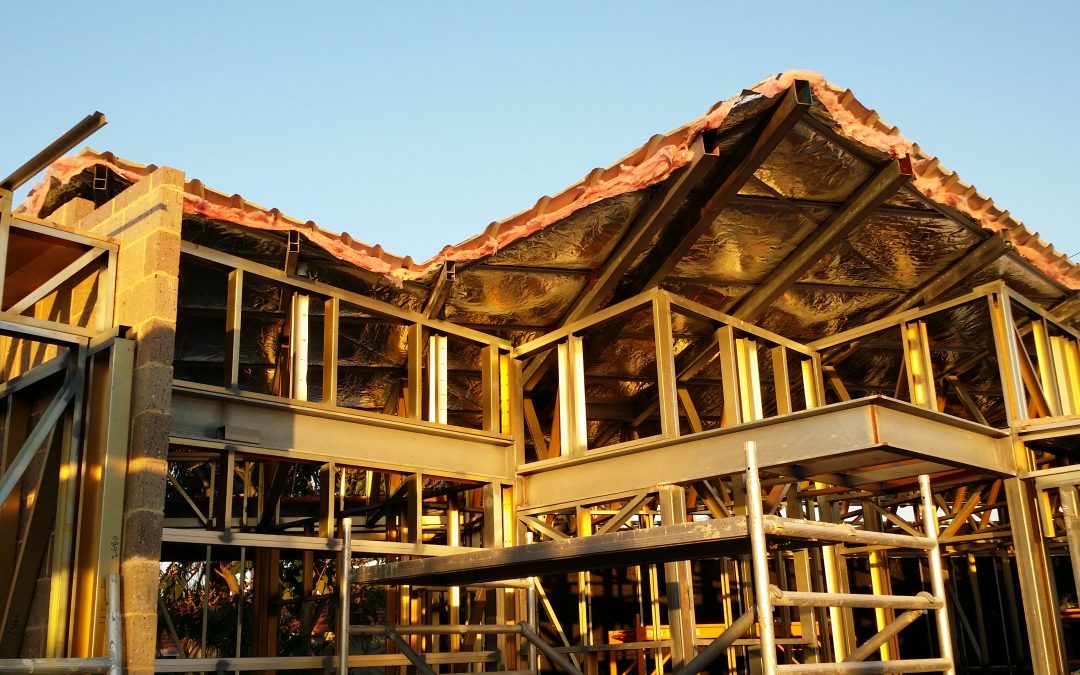
by Davor | Aug 19, 2020 | News & Updates
Current Home Buyer Incentives available in Western Australia To help you understand the current incentives available as part of both the Federal Government and the WA Government’s $125 million stimulus package, we have listed the different grants available with some...

by Davor | Jul 8, 2020 | Education
Copyright Laws, Architecture and Building. The subject of copyright isn’t an area we automatically connect with building our dream home or new investment. Like every profession that works with artistic and intellectual property though, house and business plans also...




